One learns to recognize birds by their sounds, gets used to being greeted by butterflies, enjoy homemade jam for breakfast, and discover the names of different bugs with the children. All of this, leaving plenty of time to enjoy pruning, harvesting, and just hanging out with neighbors. This is Rijnvliet; a neighborhood with over 120 cultivars making up a lively forest with a healthy and divers population of creatures – a colorful ecosystem that is enjoyable as much as it is enlightening.
Rijnvliet Edible Neighborhood (REN) is a new residential community near Utrecht - the fastest growing city in the Netherlands. It is a part of the Leidsche Rijn expansion project, designed to deliver 1000 new dwellings and serve as a demonstration of the Utrecht’s ‘Healthy Urban Living’ strategy created to provide more and better green public spaces, facilitate climate adaptation, increase social equity and inclusivity.
To realize these objectives, the city made a commitment to directly engage residents in planning. An idea of green economy became embedded as part of a healthier, happier environment with a strong sense of individuality and an unmistakable appeal based on the concept of urban food forestry.
The entire district was realized as one productive ecosystem delivering food for humans and other species and providing healthy recreation and opportunities for learning. The ‘food forest’ emerged as a centerpiece of a neighborhood created by and maintained by its residents.
Successfully realized, REN created a new paradigm of accessible urban agriculture defining the character of the residential neighborhood, complete with a school and public spaces. The 150,000m2 food forest with over 200 species of (edible) flora provides habitat for insects, birds, bats and other fauna rich in biodiversity. Abundant green and blue spaces absorb pollutants, store carbon, capture storm water offsetting the effects of climate change.
Please highlight how the project can be exemplary in this context
The idea of creating a strong precedent of environmental and social sustainability drove the design. Social sustainability was achieved by creating multiple opportunities for long-term engagement and emotional attachment to the neighborhood and the food forest, at all stages from design to implementation, to maintenance. Participation in co-creation became a guarantee of the intimate knowledge of the area and the fellow residents and a considerable personal investment. At the same time, local commitment to maintaining the area resulted in the appropriate practices that enhance biodiversity – organic debris is collected for composting and becomes new and nutrition-rich soil that promotes more biodiversity. The cycle of soil creation and reuse reduces the amount of garbage that must be removed and processed elsewhere and creates didactic educational opportunities.
Environmental circularity is further achieved by leaving a large portion of the public space unpaved, allowing rainwater to not only nourish abundant plants but percolate and recharge aquifers. Keeping impervious surfaces to the absolute minimum lessens the quantity of water discharged into the sewer system, therefore protecting rivers and saving the city some money on utilities. Therefore, Rijnvliet demonstrates the capacity of urban forests for water management.
Rijnvliet also demonstrates that creating a functioning ecosystem inside the city is not only possible but is profoundly beneficial for the urban communities – it brings people together and creates sustainable recycling practices that lessen the impact on municipal services and utilities and potentially lessens maintenance costs to the communities. In addition, a significant impact can be achieved by creating forested areas to sequester carbon and reduce the heat island effect – a significant cause of the discomfort, asthma, and other heat-related ailments becoming more and more ubiquitous in the cities.
Please highlight how the project can be exemplary in this context
Rijnvliet stimulates the perception and creates opportunities for play, sports, and intense enjoyment of nature and the outdoors. The possibility of direct engagement with nature provides all aspects of biophilic experience- from purely aesthetic through observation to physical through the work of planting and maintenance of trees and shrubs, pruning, and weeding. A rich palette of sights, sounds, and smells is achieved through planting an entire ecosystem- not just trees and shrubs but a combination of live elements that complement each other and enrich biodiversity. The landscape technology applied in the project can be used to create a variety of rich environments and experiences across different geographies.
Please highlight how the project can be exemplary in this context
The productive landscape of Rijnvliet serves as a backbone and creates social cohesion within a community by requiring a coordinated effort for its care and maintenance. The resident engagement already contributed in educational, recreational, and natural qualities for Rijnvliet and added new concepts and ideas to its design, such as beehives on a ‘bee island’, isolated nesting island for birds and ‘food-forest range and garden’ maintenance programs. The active participation in the implementation of the food forest principles of the public space gives residents a strong stake in the future of the area and is the best assurance for long-term commitment to the stewardship of their Edible Neighborhood, Rijnvliet.
We already see that productive nature in Rijnvliet brings residents together, creating community. A community is based on shared trust and responsibility, which means when an issue occurs, a strong community is much more likely to tackle it together. Be it a playground upkeep, or construction of a better bicycle parking or community events for the children. People who know and trust each other are much more likely to support each other in different efforts, pool resources and contribute in kind. The attractive and accessible green areas further contribute to improved physical and mental health of Rijnvliet’s “Healthy Urban” residents.
The ecological project should be held up as an example of how to create new neighbourhoods for people, and for biodiversity. It is clear that this has not only created a sustainable future but an excellent quality of life and sense of community.
Please highlight how this approach can be exemplary
Sustainability, inclusivity and aesthetics are intimately intertwined in Rijnvliet. Residents co-design and implement the forest, claiming the territory as their own in the process, and creating a sense of place and a sense of home. These are positive actions, resulting in a deeper attachment and the willingness to take care of the place for the long run. This is called stewardship.
In the case of Rijnvliet the aesthetic is borne as a result of community effort. Consequently, it has resonated with the residents at a deeper level.
Rijnvliet reconnects its residents with nature, but it also reconnects the idea of an urban park with nature as a complex living system of interconnected living and inorganic elements – in other words, an ecosystem. Rijnvliet is not a representation of an image, but rather an attempt to reconstruct a functional ecosystem in an urban context. Therefore it bears a stronger connection to real nature than a traditional park. Traditionally, urban areas contained ‘sterilized’ elements of nature that would delight the residents, but not necessarily offer many opportunities to learn and even fewer opportunities to engage.
Rijnvliet, on the other hand, offers both and in significant ways. The trees, shrubs, understory, grasses, and meadow plants, create a multilayered system of interactive elements providing habitat for birds, butterflies, bees, and the like. This complexity can be observed in its evolution and through different seasons, giving a great opportunity to learn about nature and its different species, as well as giving a possibility of direct engagement – through planting and maintenance.
Also, the other significant connection that emerges – is the connection to human nature. It is not a secret that the sound of birds, the small of lowers, and the sight of trees, calms the mind and allows people to reconnect with their spirit. So in some important ways Rijnvliet is the place that connects people to each other, but also connects each user to him or herself.
Please also explain the benefits that derived from their involvement.
The idea for this unique food forest originated from residents – organized in the 'Green Lungs of Rijnvliet' foundation – together with ‘Metaal Kathedraal’, a special ecological and cultural incubator in a former church building, right at the edge of the development area. They asked Xavier San Giorgi, a specialist in edible landscapes to assist in the development. Their ‘grassroot’ proposal was embraced by the municipality and - complemented by the knowledge and experience of public space design of the landscape architects at Felixx - taken through the design phases.
In January 2022, Rijnvliet, Edible Neighborhood won the European Innovation in Politics Award. A public jury of over a thousand European citizens praised the collaboration between the neighborhood and the municipality and awarded Utrecht, in the Ecology category. There were 413 projects from 25 European countries competing.
Utrecht is the fastest growing city in the Netherlands. The outlook of a dense city points out the need for a better societal and recreational use of the green areas in and around the city and to use nature-based solutions as a means to enhance climate adaptation and mitigation, to increase biodiversity, to stimulate active mobility and to increase well-being. In order to let nature fully work for the citizens’ needs, we have to create solutions in cooperation. Only by involving and listening to citizens from the start, we can work towards Healthy Urban Living for everyone.
Rijnvliet, Edible Neighborhood uses nature-based solutions to deal with urban challenges. Using ideas submitted by residents, Rijnvliet is implementing an ecologically resilient 150,000 m2 urban food forest with over 200 species of (edible) flora, that doubles up as green infrastructure offering recreational benefits and ecosystem services including water management, reduction of heat, and cleaning the air. The abundant green and blue spaces are harmoniously merged together with the built environment enhancing the quality of live for inhabitants and the rich biodiversity for all living things, giving Rijnvliet a very powerful identity.
At the core of Rijnvliet is the food forest, built up with multiple layers of trees, shrubs and plants, together forming an integrated ecosystem. The different vegetation types and species attract insects and organisms that enforce each other. There are seven layers, the central part of Rijnvliet combines all these layers:
- The canopy, consisting of original and planted large trees.
- Low trees, consisting of smaller trees or half-standards.
- Shrub layer of fruit and berry bushes.
- Herb layer of multiannual vegetables and herbs.
- Soil covers, a layer of plants that spread horizontally.
- Underground layer of plants that produce roots or tubers.
- Climbers, a vertical layer of climbing plants.
For the public space in adjoining areas aspects such as safety & maintenance limit the full application of all layers. Instead the public space design focused on a set of layers for each part, creating four distinct areas. The (edible) Fruit-, Leaf-, Nut- and Flower-neighborhood.
The innovation lies in an optimal application of food forest principles for the entire public space of the district. Instead of the 10 to 12 different species of trees, shrubs and plants for the public space in 'ordinary' residential areas, the inhabitants of Rijnvliet are surrounded by a wealth of a total of 221 different species and subspecies/cultivars at their doorstep.
The municipality of Utrecht organizes schooling for the specialistic public space maintainance that is requiered.
Please provide clear documentation, communication of methodology and principles in this context.
For the longer part of its history, landscape architecture imitated nature or even imitated imagery of nature, such as paintings. The main purpose of parks was to provide a safe environment, reminiscent of nature and easy on the eyes. The aesthetic dimension gave value to the experience, thus privileging people and disregarding the needs of biota. During the last twenty or so years, the practice of human-only oriented landscapes, with aesthetic as the primary function gave way for a small incursion of projects focused on environmental functionality. Pioneers of landscape architecture began to create a complex environment where a rich variety of species could begin to co-exist within the context of natural dynamics and a cycle of life that leaves less attractive debris like dead branches and leaves, and other organic matter to decompose in plain sight, and the native species are given preference over exotic, albeit more attractive species. This slow change of paradigm was paralleled by a slow adjustment of tastes – more people became interested in real nature, less showy plants, and expressions of functions. With the advancement of the ‘natural capital’ concept, the ecosystems services provided to humans by nature began to be recognized and valued. Fresh air, clean water, and the effects on mental and physical wellbeing came to be seen as valuable, exhaustible resources, and the role of nature in providing these was finally acknowledged. As a result, new landscape architecture began to create environments that deliver these benefits and create end-users that are willing to participate in the creation and maintenance of these environments. Rijnvliet is the case in point. The project radically changes the role of the landscape from monofunctional, aesthetic-driven phenomena to a multifunctional, productive landscape. That approach can and should be replicated.

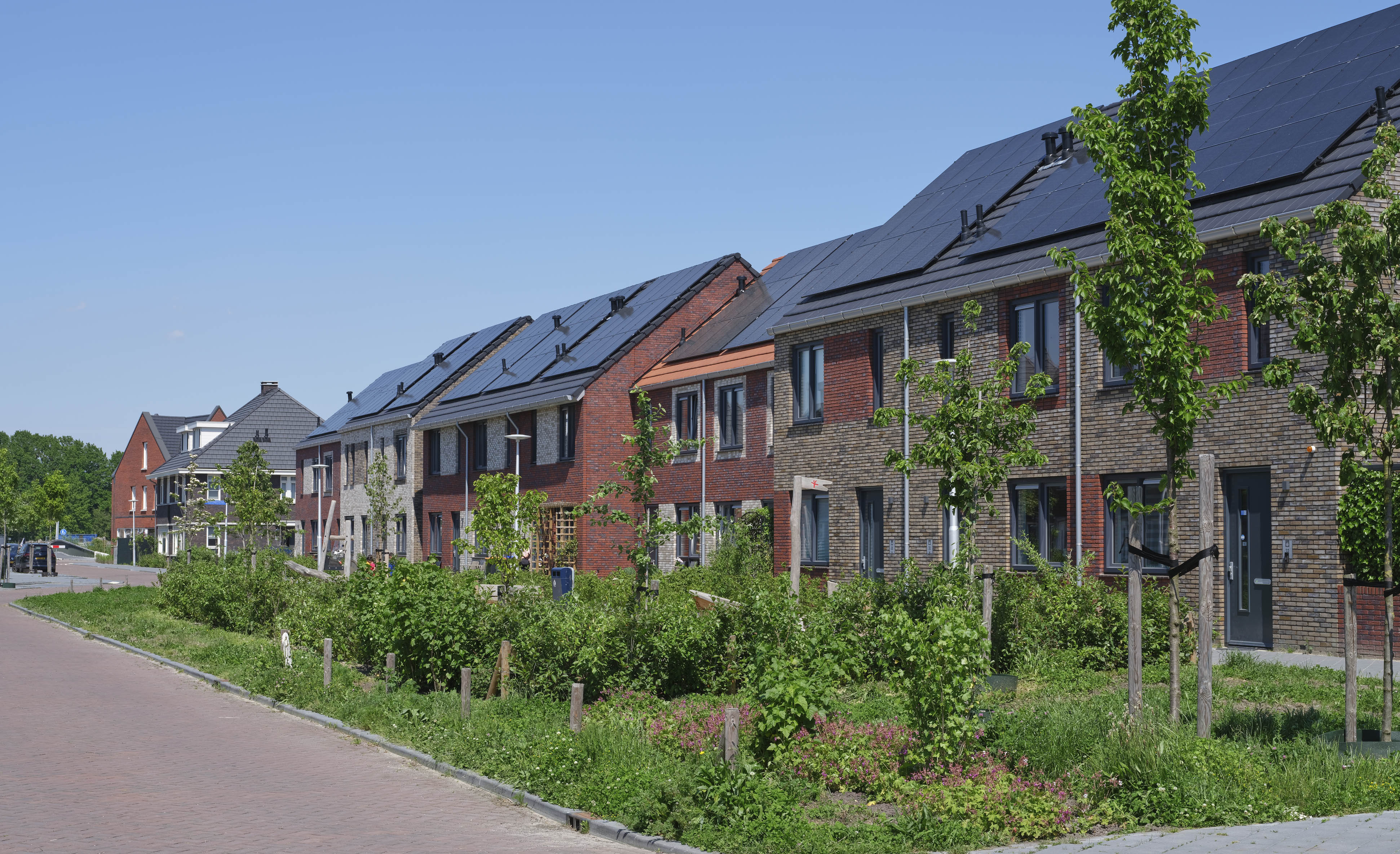
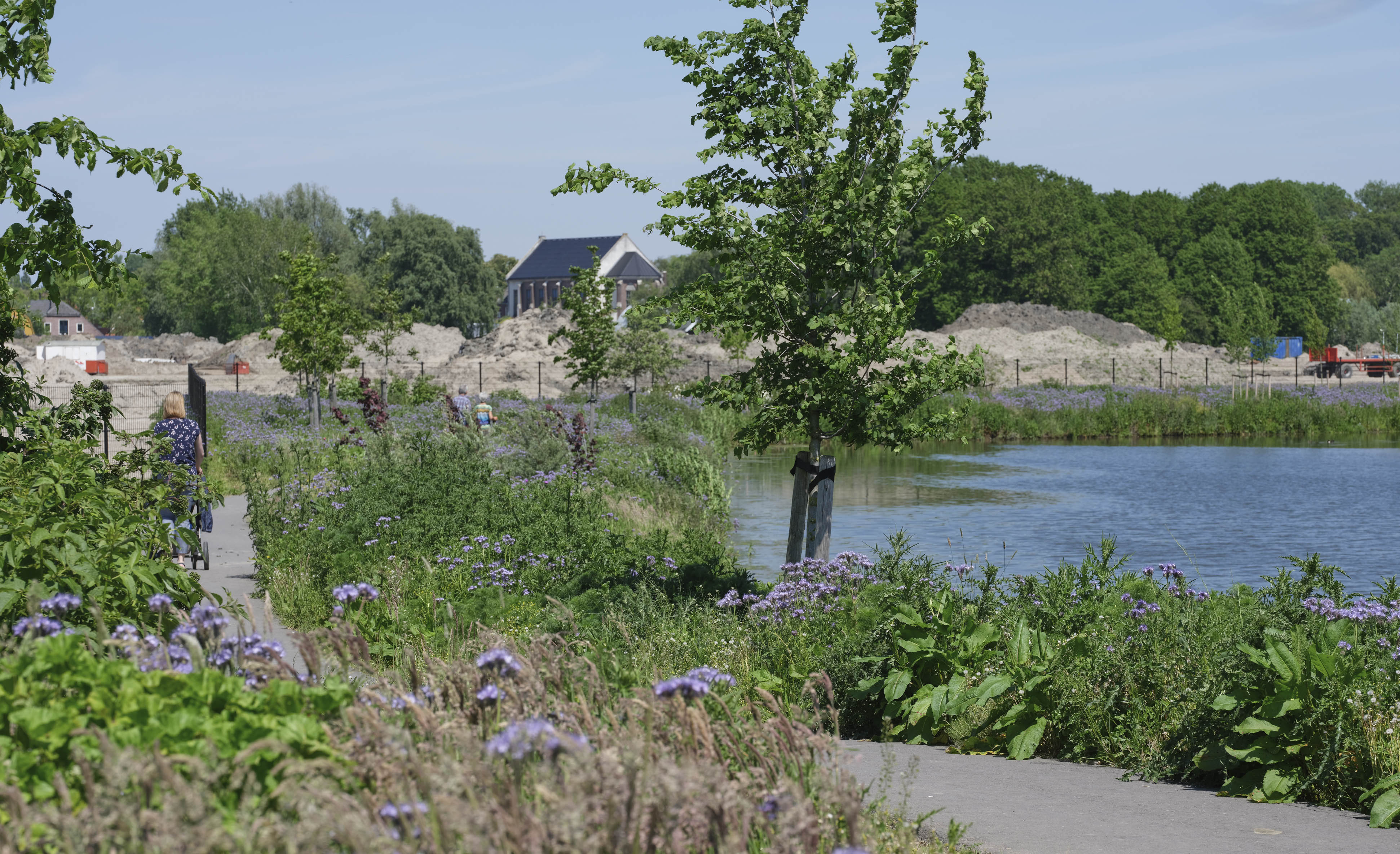
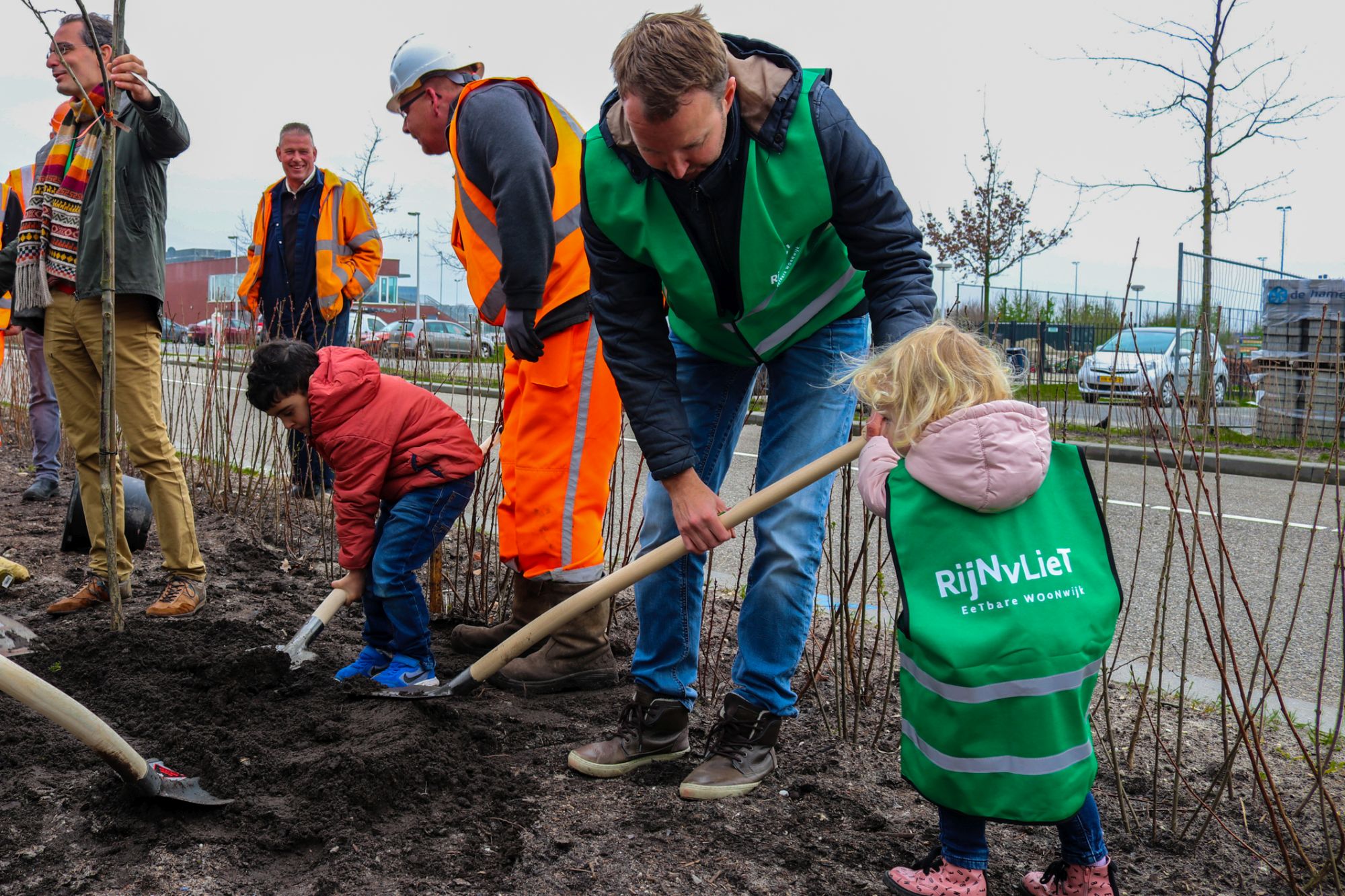
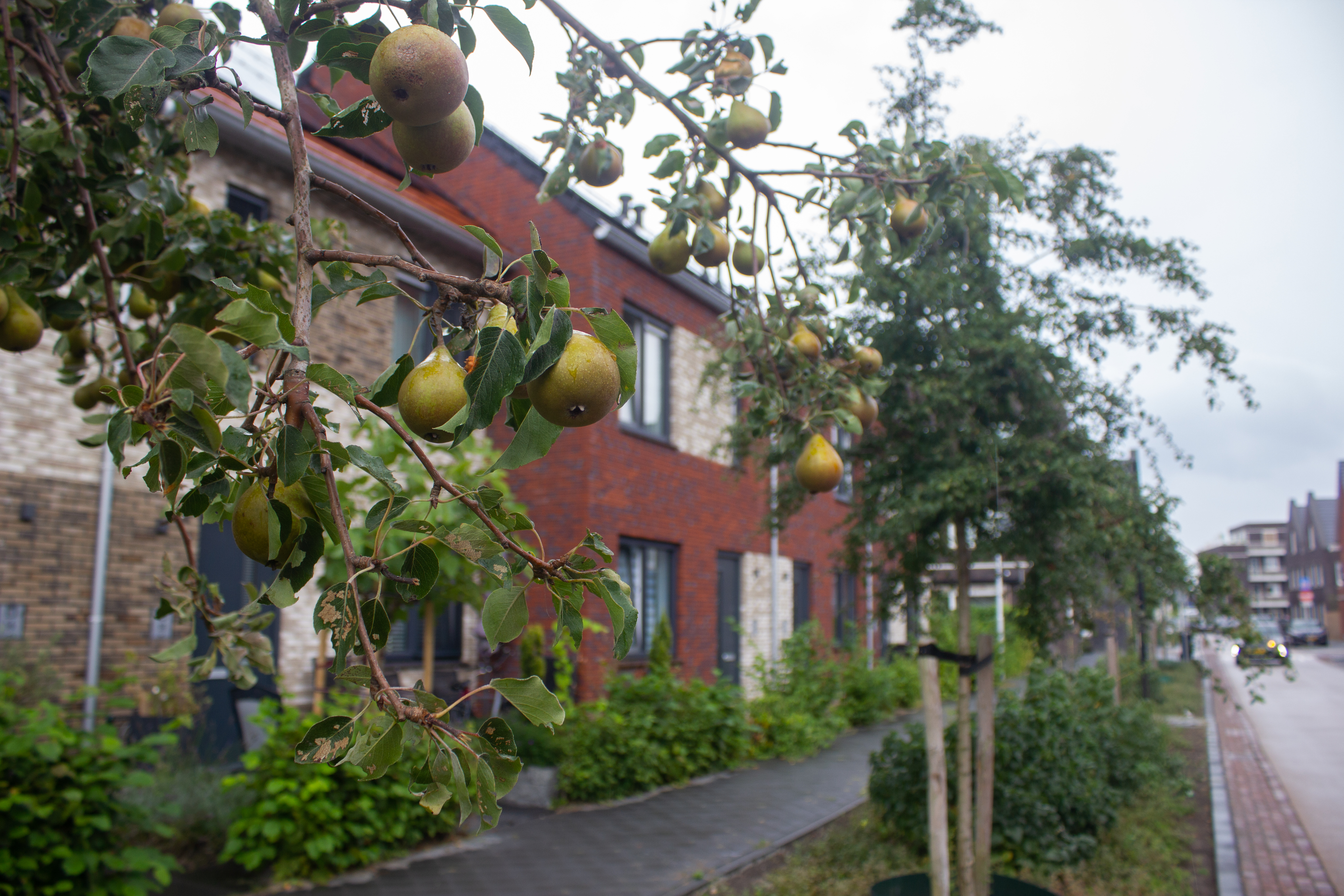
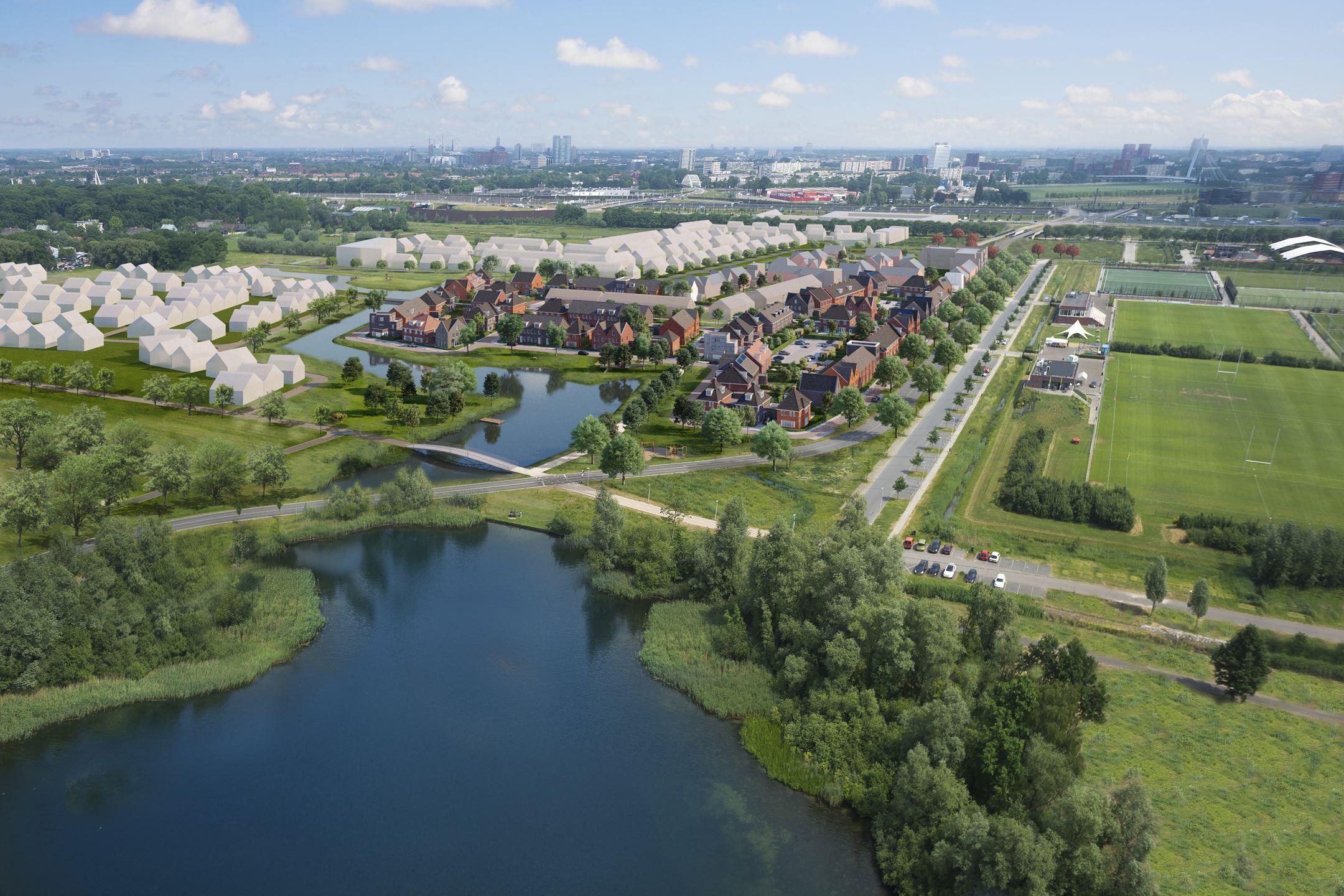
@Felixx Landscape Architects & Planners, 2021
Content licensed to the European Union.